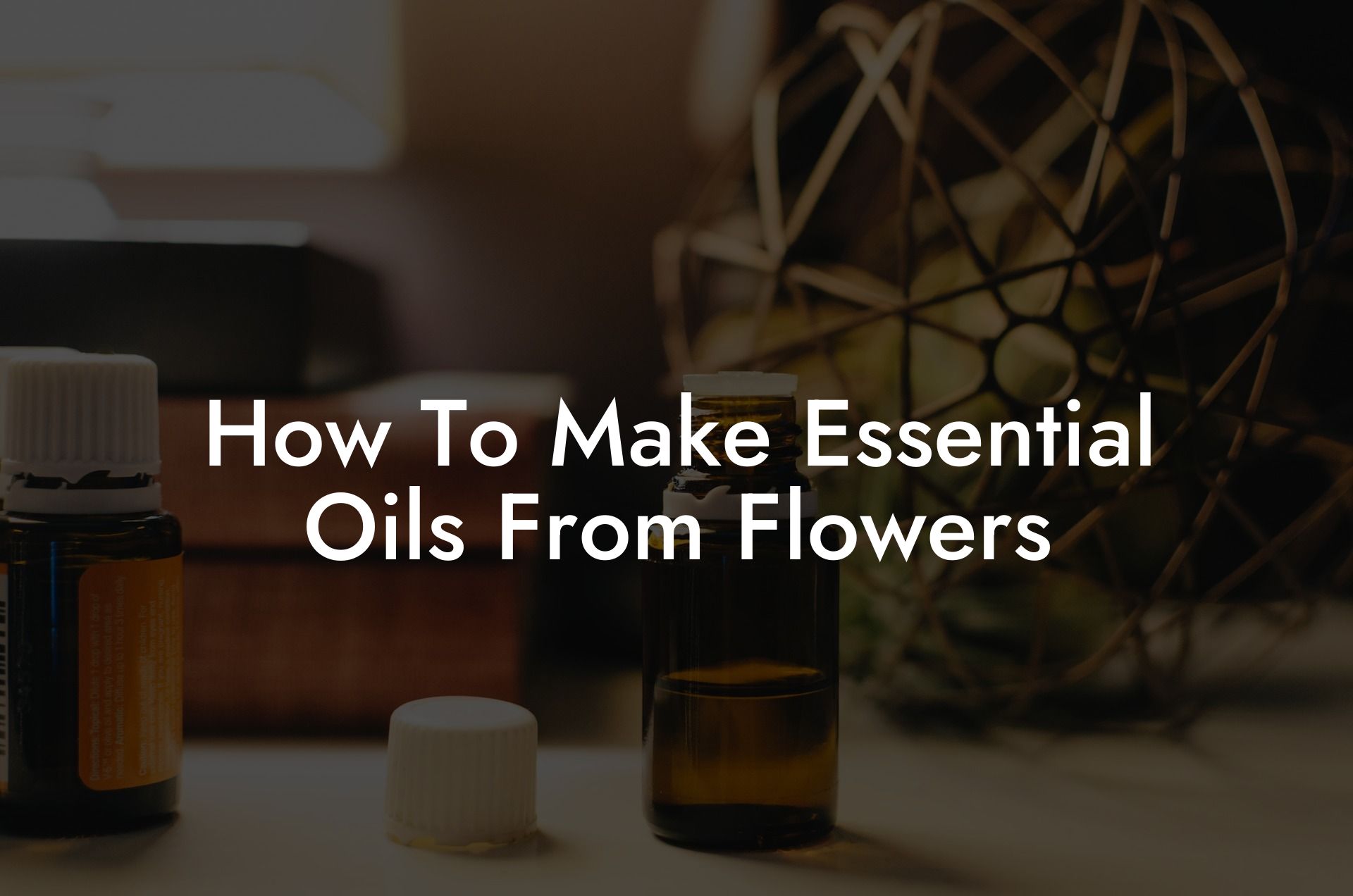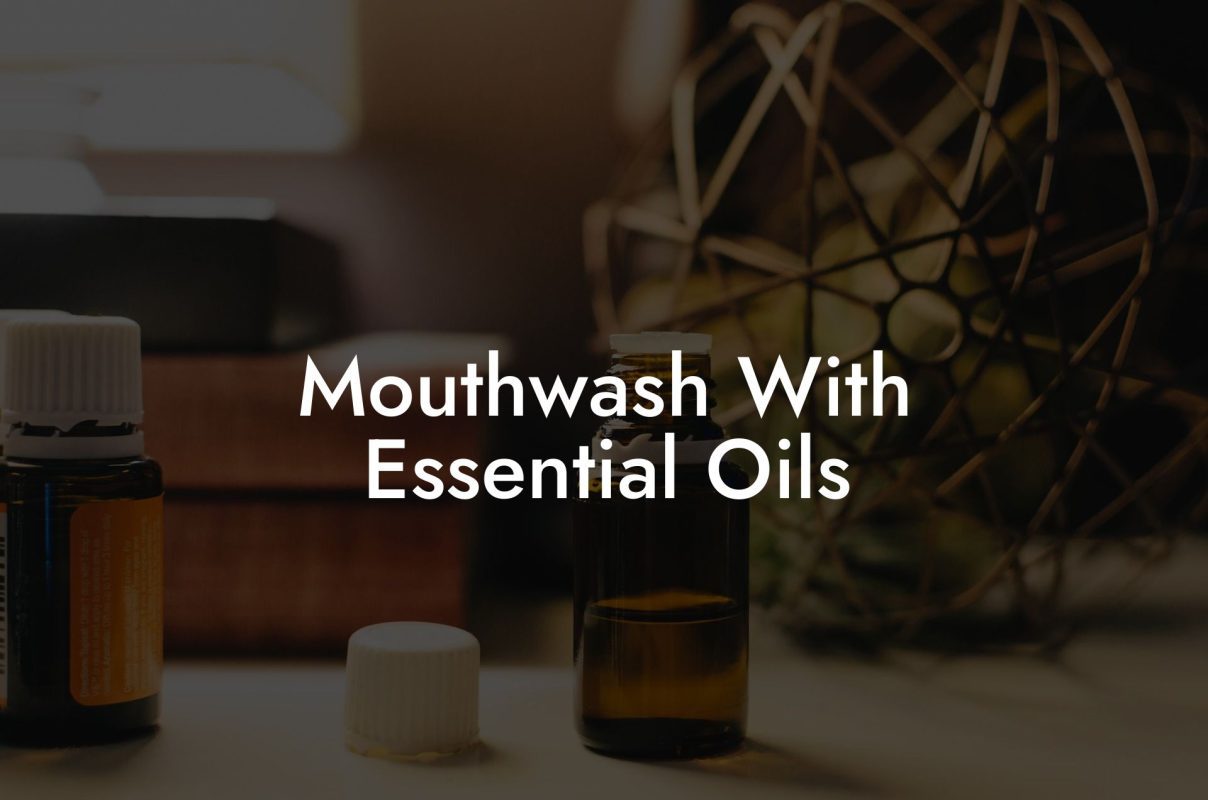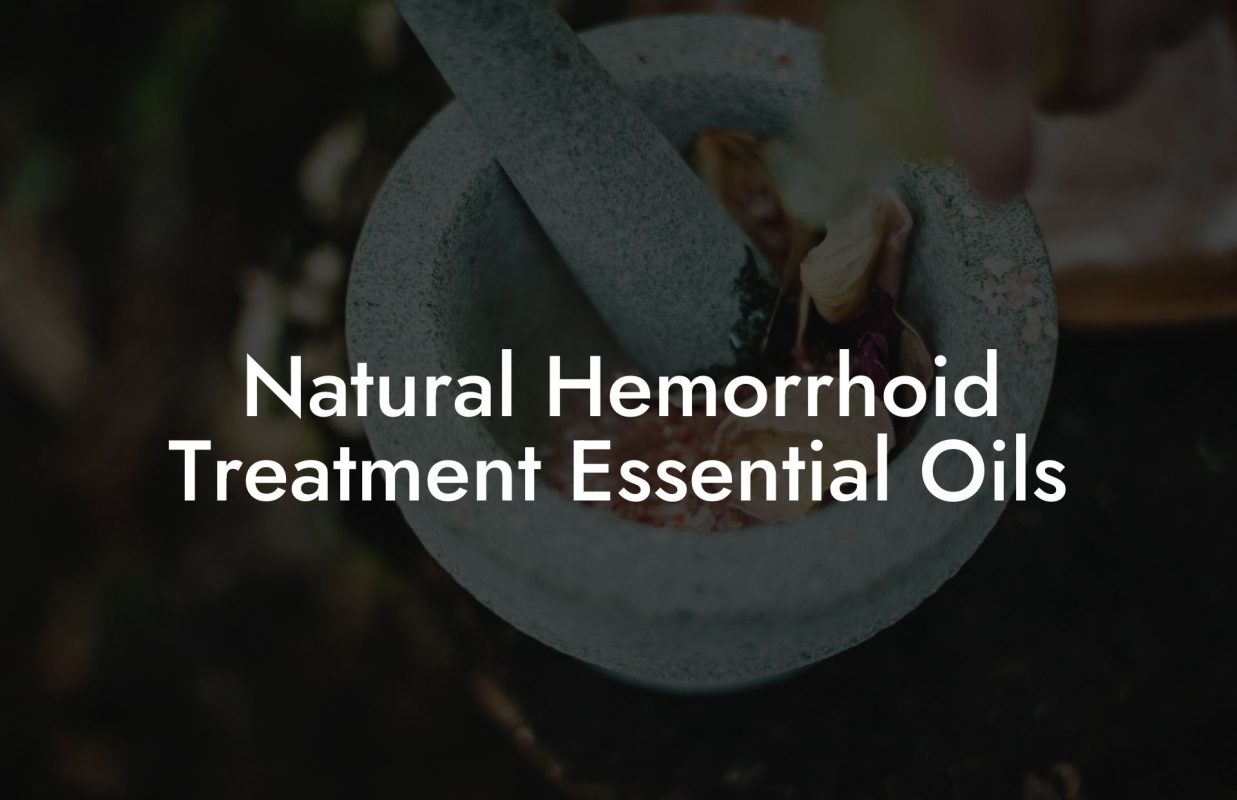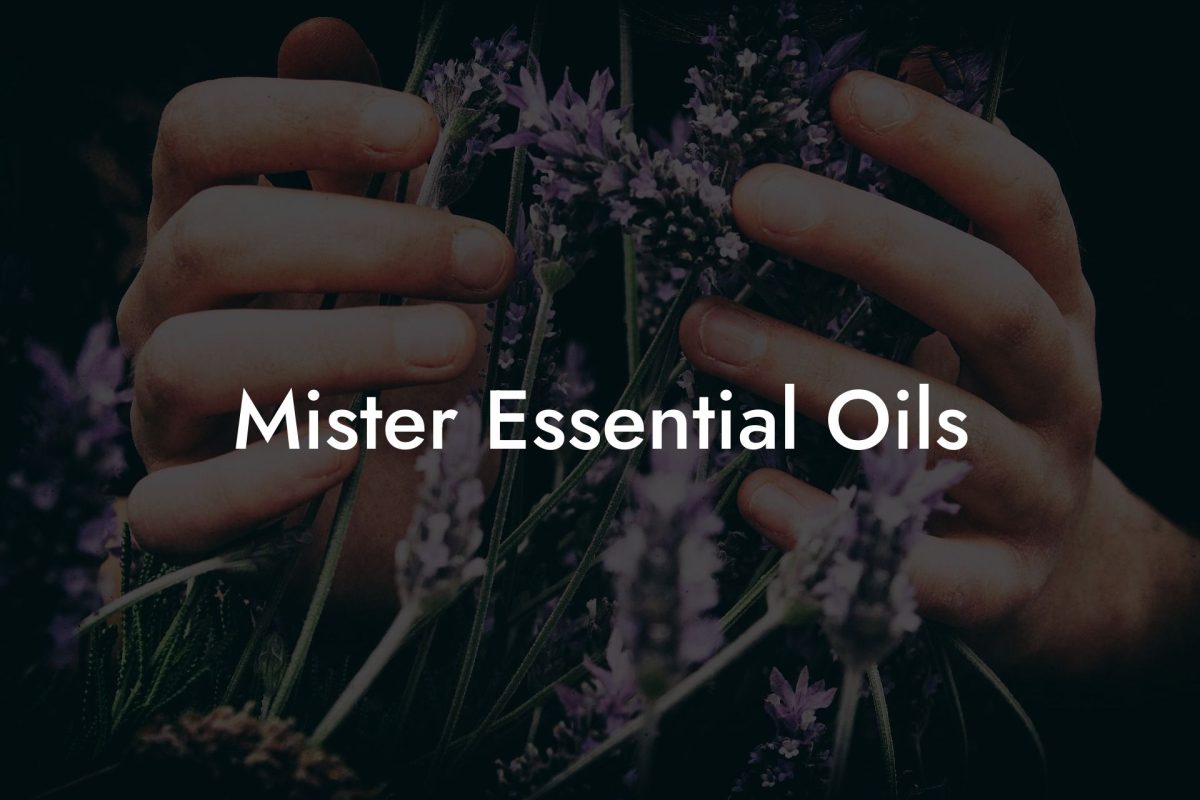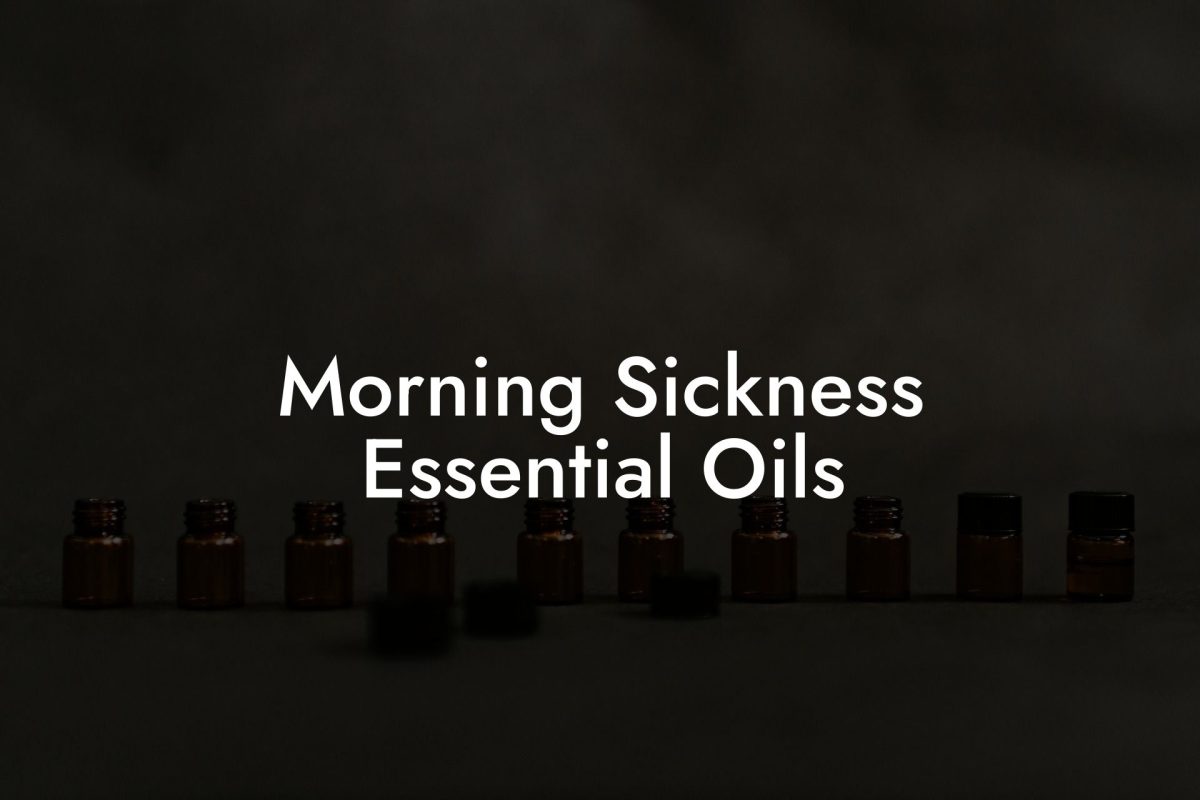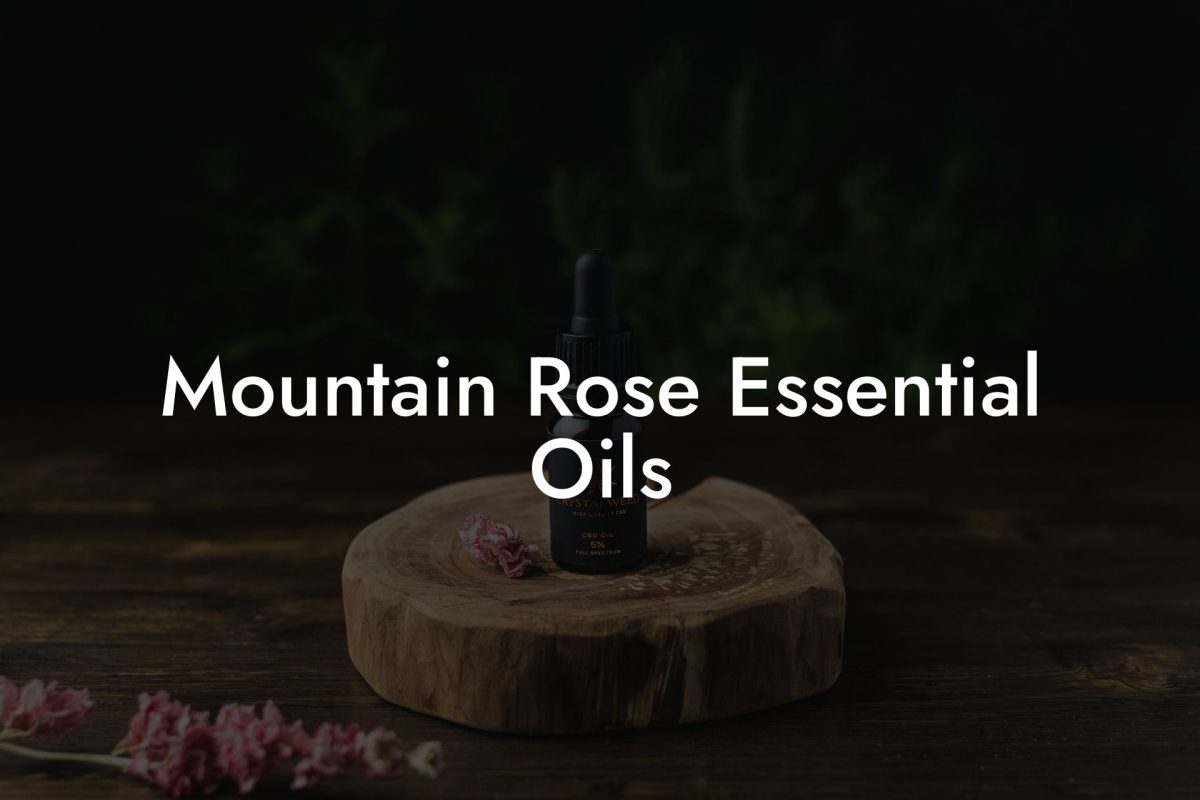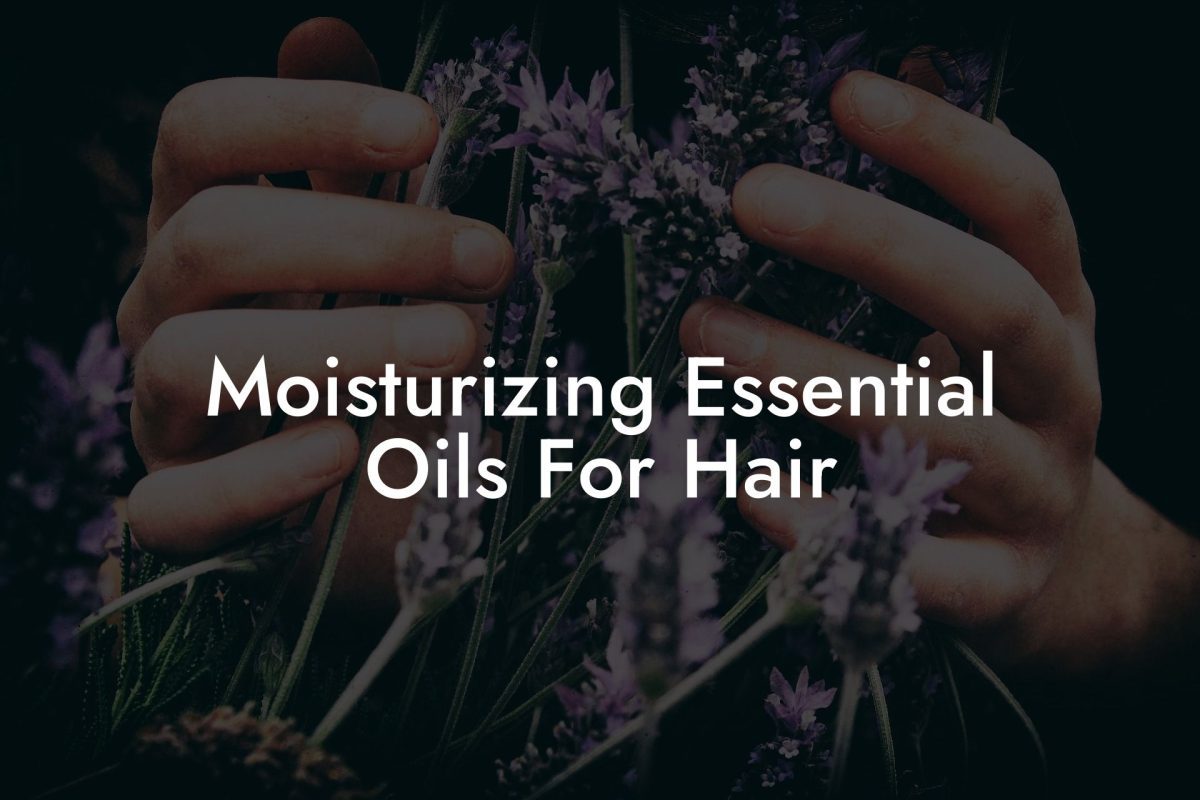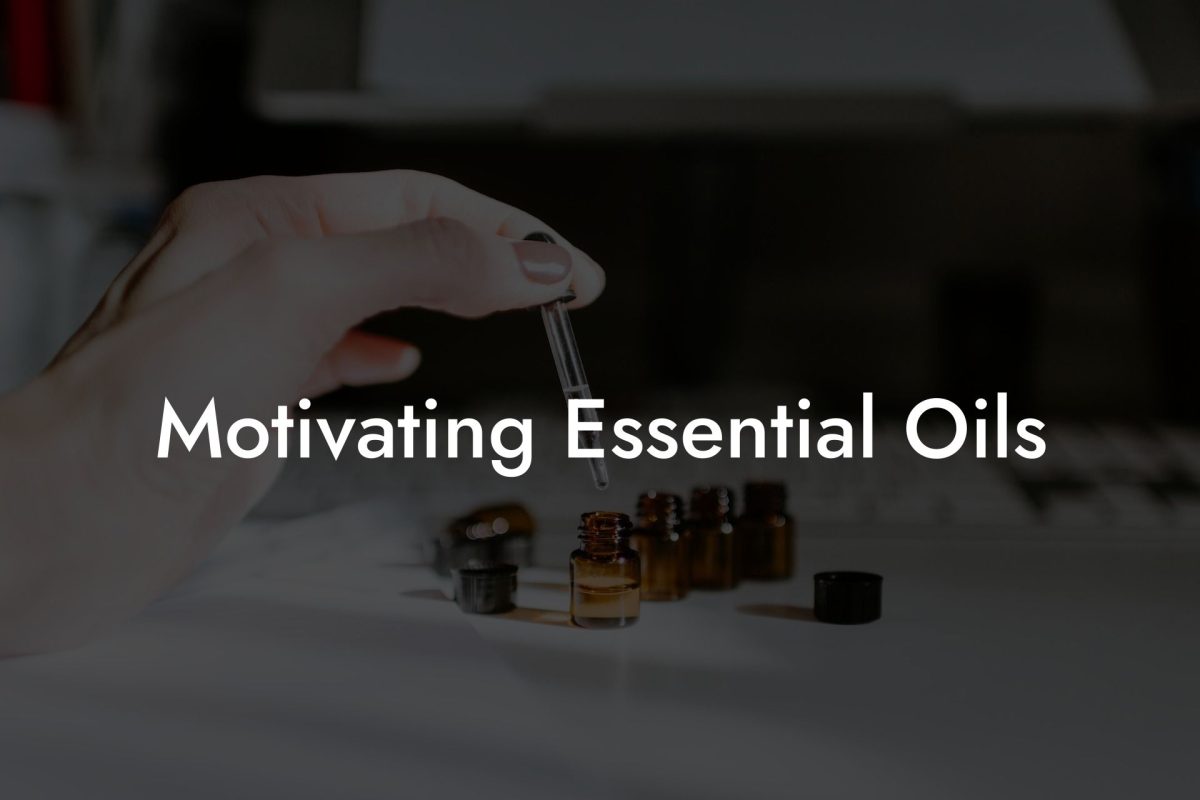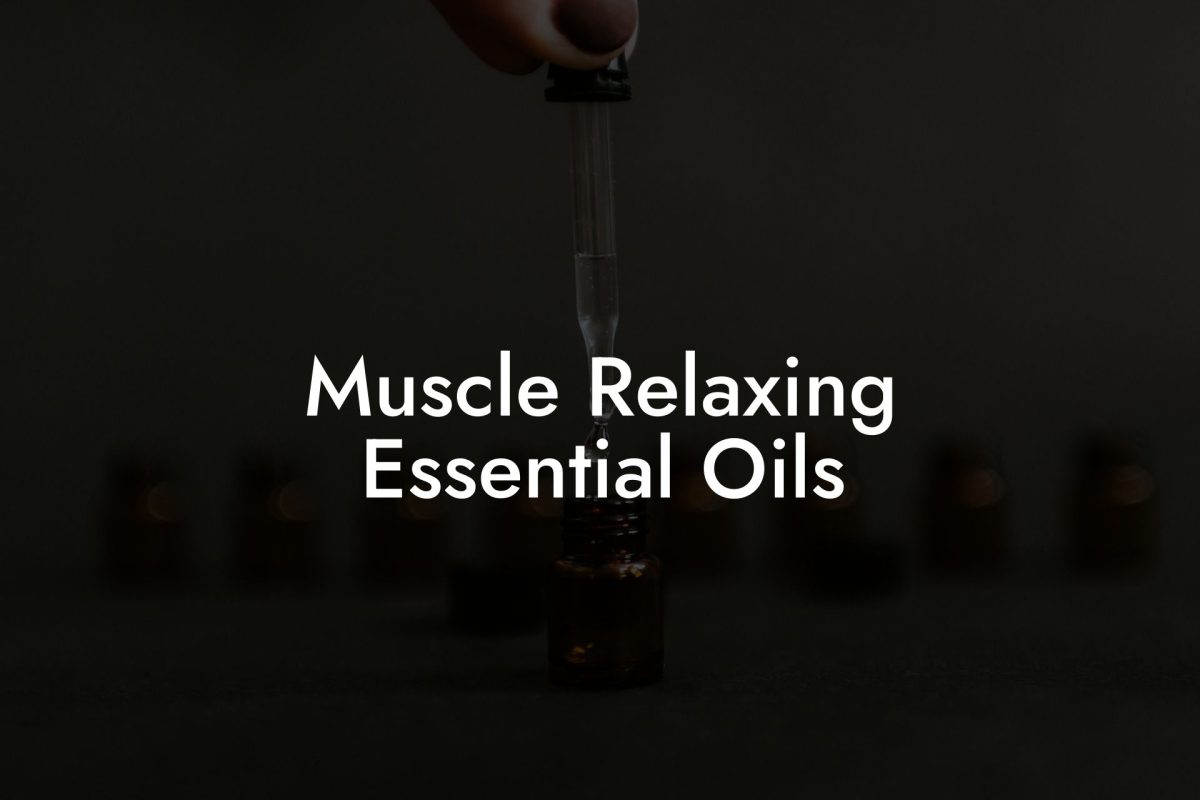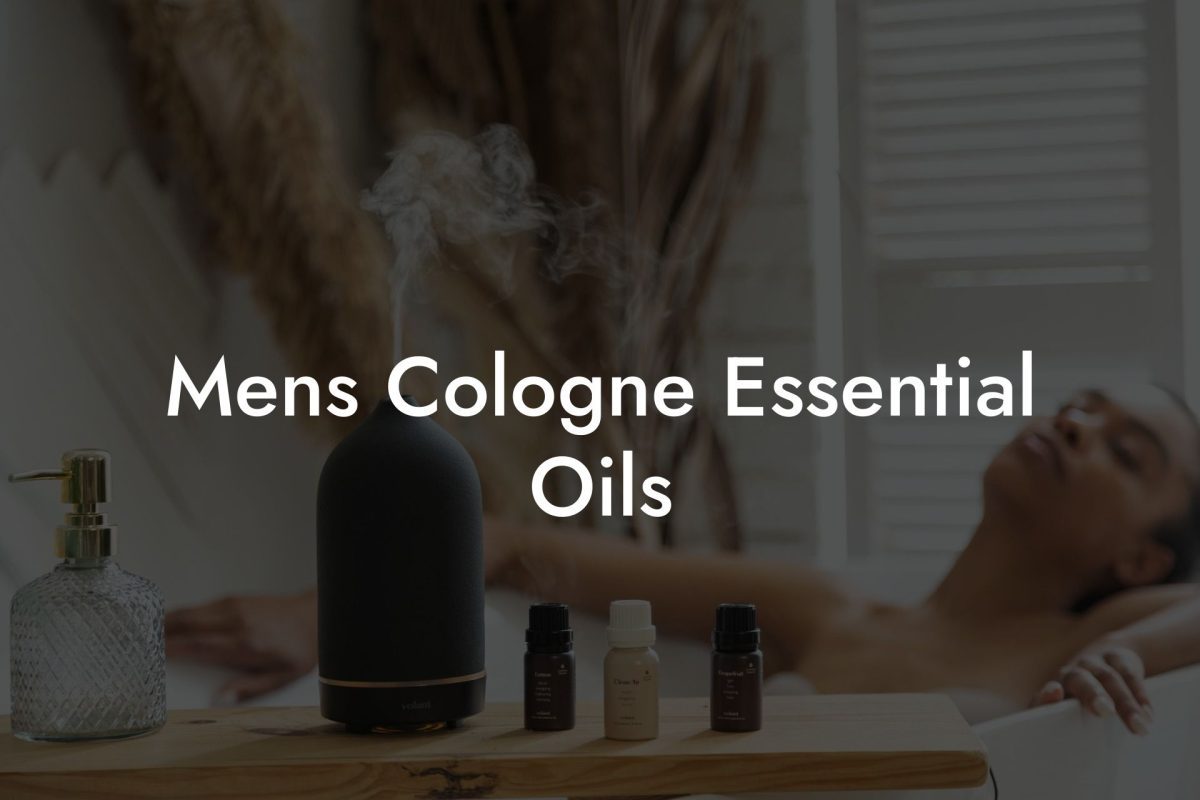Have you ever wanted to create your own essential oils from your favorite flowers? The mesmerizing scents and therapeutic benefits of floral essential oils are worth exploring, and in this guide, we will walk you through the process of making essential oils from flowers. Get ready to harness the power of nature and enjoy the satisfaction of creating your own custom blends!
Table of Contents
The Basics of Essential Oils from Flowers
Essential oils are highly concentrated volatile compounds extracted from various parts of plants, including flowers, leaves, bark, and roots. In the case of flowers, the essential oil captures the pure essence of the plant and its unique beneficial properties. Making essential oils from flowers can be a rewarding and fascinating journey, allowing you to create your own blends and experience the amazing benefits of these natural wonders.
Choosing the Right Flowers
- Organic: Always choose organically grown flowers to avoid the presence of pesticides and chemicals in your essential oils.
- Freshness: Harvest flowers as close to their peak bloom as possible for the highest quality of essential oils.
- Fragrance: Some flowers have a stronger scent than others, which will influence the potency and aroma of the final essential oil. Examples of fragrant flowers include lavender, rose, and jasmine.
Methods of Extraction
There are several methods to extract essential oils from flowers, each with its own advantages and disadvantages. Below, we will discuss four common techniques:
- Steam Distillation
- Cold Press
- Solvent Extraction
- Enfleurage
How to Make Essential Oils from Flowers: A Step-By-Step Guide
Here, we will outline the steps involved in the steam distillation method, which is one of the most popular and widely used methods for making essential oils from flowers.
1. Preparation
- Gather fresh flowers and separate the petals from the calyx.
- Thoroughly rinse the petals to remove any dirt or debris.
- Gently pat the petals dry with a clean cloth or paper towel, taking care not to bruise or damage them.
- Measure the weight of the clean, dry petals.
2. Steam Distillation
- Fill a large pot or distillation apparatus with water.
- Place a heatproof container in the center of the pot to collect the essential oil.
- Add a steaming basket or rack above the container, ensuring that the petals will not come into direct contact with the water.
- Place the prepared petals in the steaming basket, making sure they are evenly distributed.
- Cover the pot with a tight-fitting lid or condensation cap and bring the water to a gentle boil.
- As the steam rises through the petals, the essential oil will vaporize and mix with the steam. The steam and oil will then condense on the lid and trickle down into the collection container.
- Allow the distillation process to continue until the petals have lost their color and have fully released their oil content. Depending on the flower type and quantity, this may take several hours.
- Once complete, carefully remove the collection container and let the essential oil and hydrosol (water-based byproduct of the distillation) cool and separate naturally.
3. Separation
- Use a separatory funnel or pipette to separate the essential oil from the hydrosol.
- Store the essential oil in a dark glass bottle with a dropper or airtight cap. Be sure to label the bottle with the flower type and extraction date for future reference.
- The hydrosol can be stored in a separate bottle and used for various purposes, such as an ingredient in homemade skincare products, a natural air freshener, or even as a refreshing floral water.
Additional Tips & Considerations
Keep in mind that the process of making essential oils from flowers can be time-consuming and may require some trial and error. Patience, practice, and the willingness to learn from your mistakes are key to achieving success.
- Start with small batches before advancing to larger quantities.
- Experiment with different types of flowers to discover which ones work best with your chosen extraction method and personal preferences.
- Research safety guidelines, allergy information, and potential contraindications for each flower type before using the essential oil for therapeutic purposes.
How To Make Essential Oils From Flowers Example:
A popular flower for essential oil extraction is lavender, known for its calming and soothing properties. Harvest organic lavender buds when they are fully bloomed and follow the steam distillation steps outlined above to create your very own lavender essential oil. Use the resulting oil in a diffuser or homemade bath salts for a relaxing aromatherapy experience.
Now that you have a better understanding of how to make essential oils from flowers, why not give it a try and experience the satisfaction of creating your own unique, natural blends? Don’t forget to share this article with fellow essential oil enthusiasts and explore the fascinating world of aromacology by delving into the other articles and guides available on Oshu Oils. Lastly, be sure to check out the exquisite range of essential oils offered by Oshu Oils, expertly crafted by our dedicated team of aromacologists!

